
|
|

|
|
| Sir Arthur Evans |
|
| Legend of Minotaur |
|

|
|
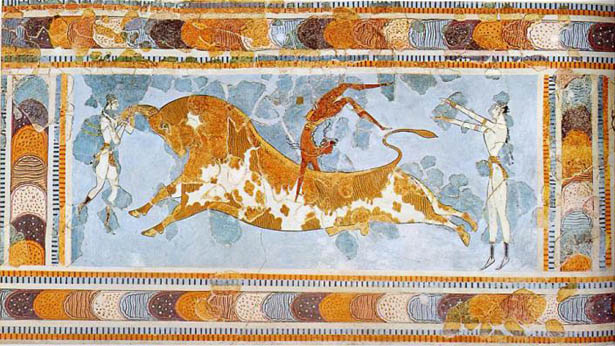
|
|

|
|

|
|
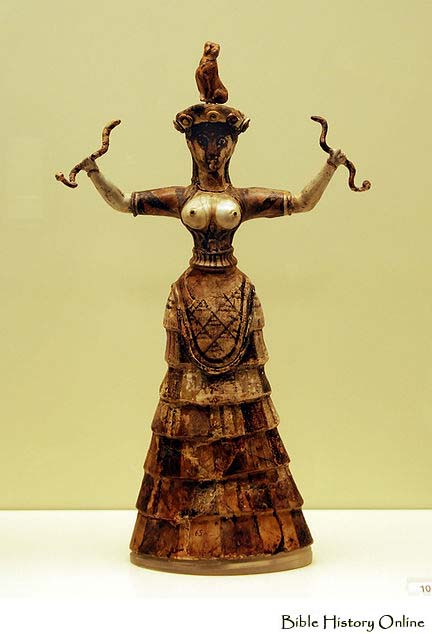
|
|

|
|

|
|

|
|
| Heinrich Schliemann |
|
| Iliad and Odyssey |
|

|
|
| Citadel- Megaron |
|
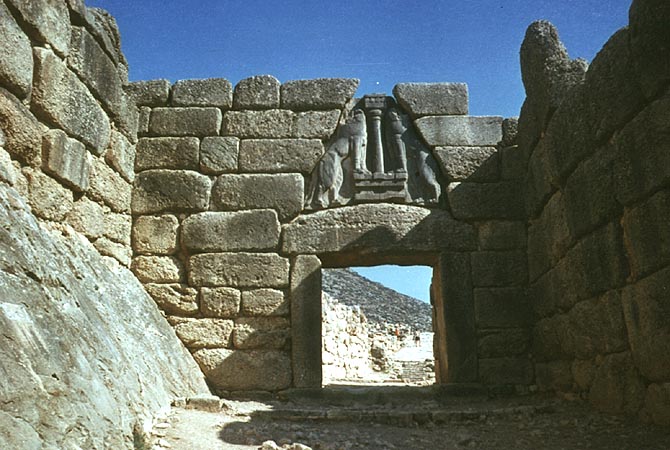
|
|

|
|

|
|

|
|

|
|
|
Dark Ages |
|

|
|

|
|
| 776 BC |
|

|
|

|
|
|
Encaustic sculpture |
|
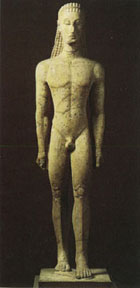
|
|

|
|

|
|

|
|

|
|
| Stoa |
|
| Agora |
|

|
|

|
|

|
|

|
|
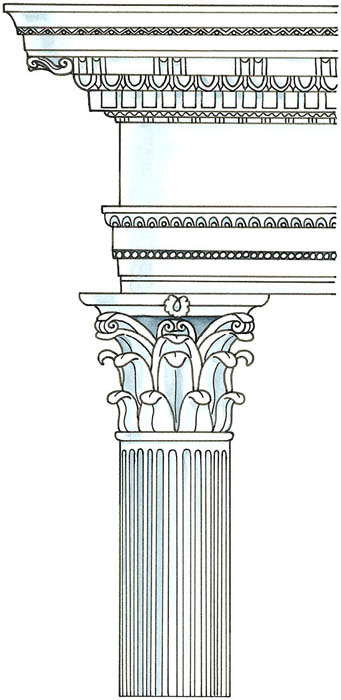
|
|

|
|

|
|

|
|

|
|

|
|
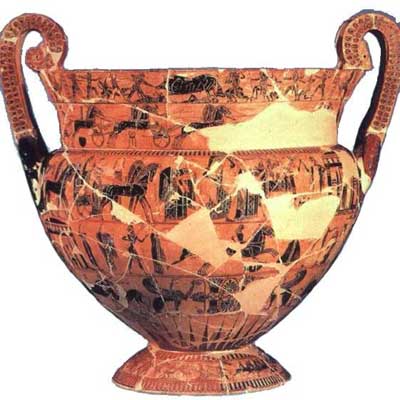
|
|
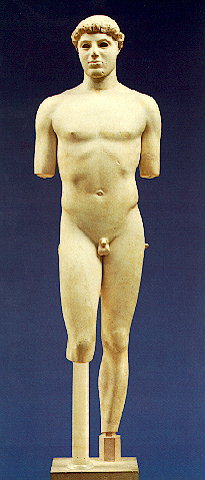
|
|

|
|
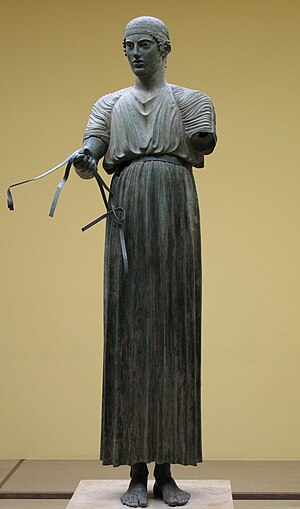
|
|
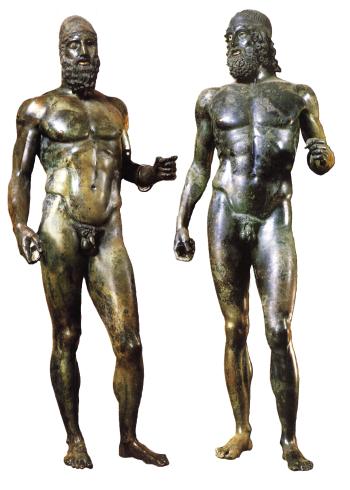
|
|
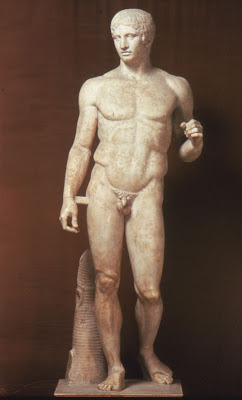
|
|

|
|

|
|
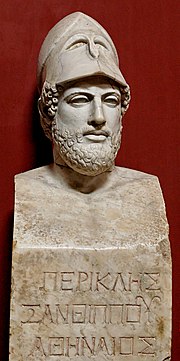
|
|
|
Acropolis |
|
| Iktinos and Kallikrates |
|

|
|

|
|

|
|
| Entasis |
|

|
|
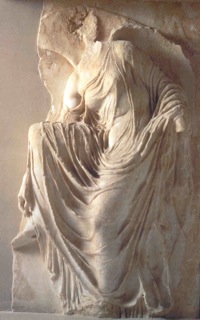
|
|

|
|

|
|
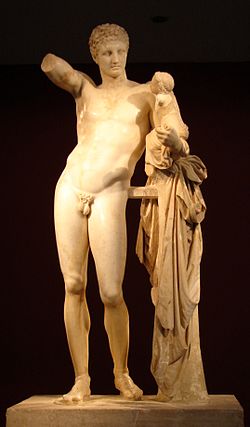
|
|

|
|
| Alexander the Great |
|

|
|
|
|
|

|
|

|
|

|
|

|
|

|
|
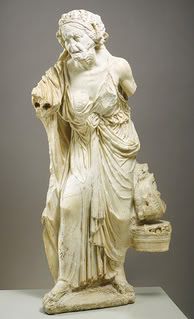
|
|

|
|